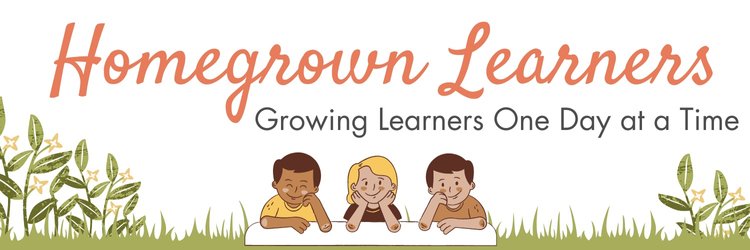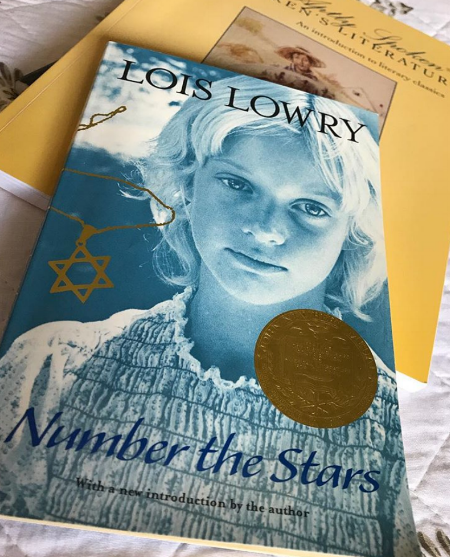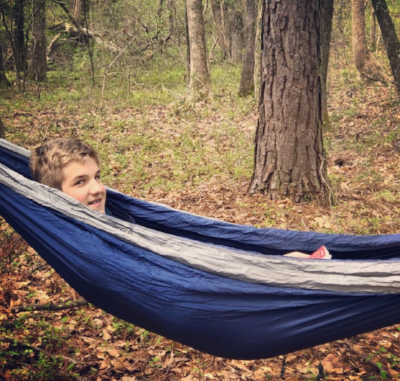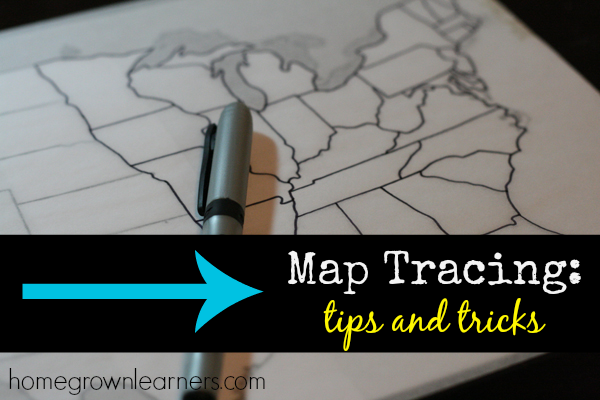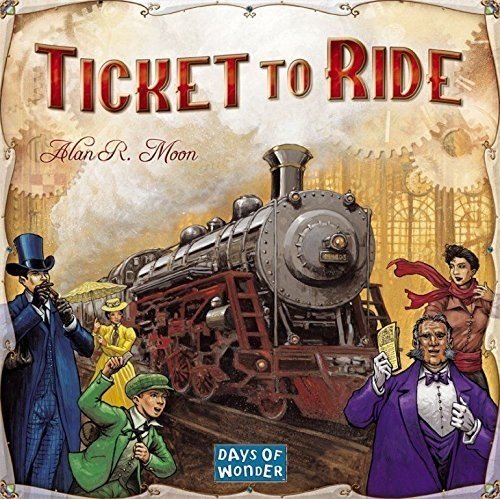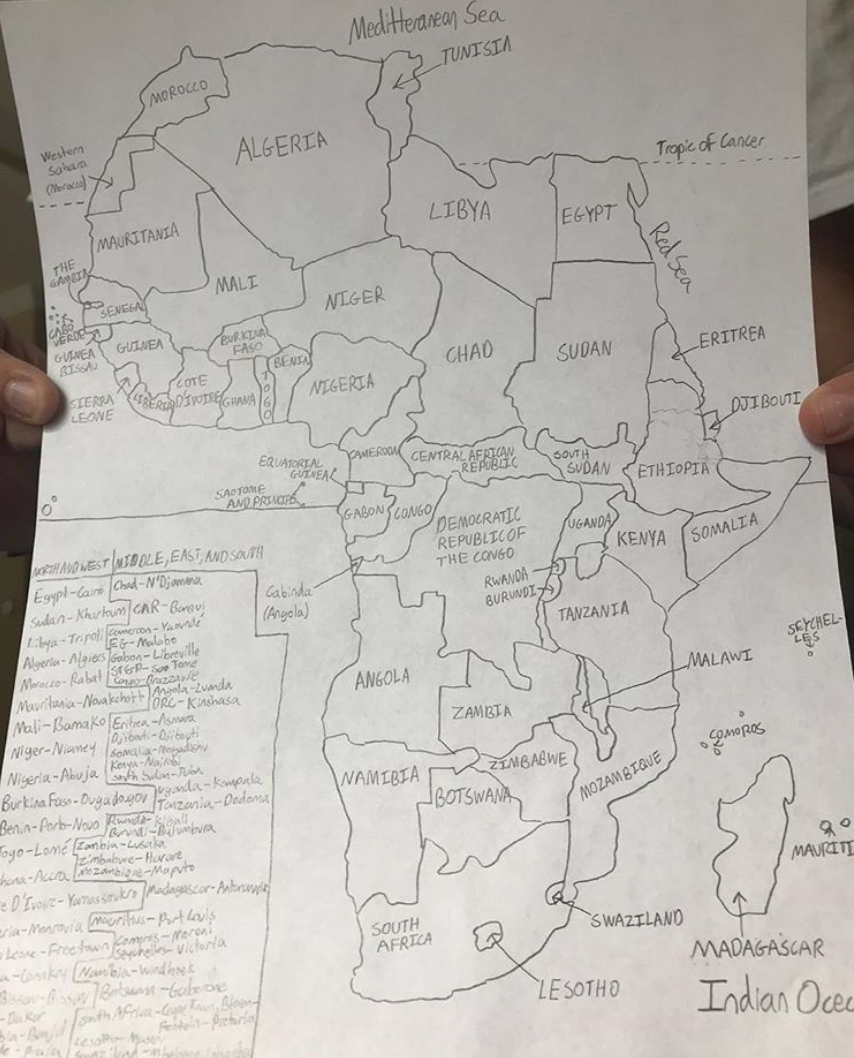We are finishing perhaps the most abundant, joyful, and beautiful year of my son's homeschool career.
Yes, it's also been challenging, but isn't that the point?
This is the second time through Challenge A for this mama, so I feel like I know the drill now.
Challenge A is the springboard into the Logic stage of learning. It is the springboard into deeper inquiry, discipline, and connections.
It is so, so rich.
To the parents all over the world stressing about preparing for Challenge A or wondering if their children are ready for Challenge A, I pray this will help you. I talk to a lot of upcoming A-ers and seem to hear the same fears over and over - they have turned into common myths.
Let's debunk those and then you'll feel better, ok?
5 Myths About Challenge A
You won't be successful in Latin unless you've done a Latin curriculum the year before.
The Latin text used in Challenge A is Henle Latin.
A few facts about Henle (from our perspective):
It is challenging.
It looks daunting.
It will take a significant amount of time each day.
These things are all true. But guess what?
Your child can DO IT.
We had no prior Latin experience other than the CC memory work. We did a very gentle Latin book (Getting Started with Latin) during our Morning Time. This was sufficient preparation, and even if we wouldn't have done that it would have been ok.
I would, however, sincerely recommend a command of English grammar - preferably a year of Essentials before Challenge A. Knowing grammar is invaluable in the study of Latin!
From watching my own children in Challenge A, here are three tips to help your child succeed in Latin once they get to Challenge A:
Work through the exercises with your child - if you learn along with them you will be there for assistance and your child will feel like they aren't in it alone.
Write declensions each and every day - memory work is still very important! Start your Latin time with 10 minutes of writing declensions, conjugations, whatever you are studying at the moment.
Focus on vocabulary with Quizlet. Both of my children have found Quizlet to be an extremely helpful tool in Challenge A.
You might also want to read Preparing for Latin in Challenge A to put your fears at bay.
The literature selections are too easy.
This one kinda drives me bonkers.
(I once had a mom attend a Challenge A info meeting who was quite indignant about how she wasn't going to bore her child to death with such easy literature. I found this to be a very short-sighted point of view.)
The books have been carefully chosen to provide a rich variety of interesting literature for our children.
The point of this strand in Challenge A isn't to have our children stretch their READING abilities. It is to develop their WRITING abilities, and specifically to help them generate WHAT to write.
After going through the Lost Tools of Writing for many years now I can see the method to the madness if you will. Our children need books that can be written about and not struggled through - they need quality literature with characters facing difficult choices and situations.
When you combine the selections with the discussion points in Words Aptly Spoken you will find the Challenge A year to be rich and rewarding. (I'm sad to see it end.)
There is NO WAY my child can do all of that work.
Repeat after me: YOU are the teacher.
You know what your child is capable of. You know if your child is giving it 100% of if they are being lazy. You know your family circumstances.
You can alter the workload without taking away from the integrity of Challenge A. In fact, you will find many ways to do this as the year progresses.
Just remember that your children are receiving such a RICH education. I like to tell myself, "Everything is gravy!".
The dynamics of my son's Challenge A group are such that the children spur each other on to excellence. They all strive to complete all of their work and have developed a tremendous amount of personal investment in their learning.
Give your child the chance to SHINE - you may need to make some adjustments along the way, but you can because you are the teacher!
There is no HISTORY in Challenge A.
This is just false.
History is beautifully woven into nearly every strand in Challenge A.
The geography strand alone provides so much opportunity for interesting discussion about geopolitics and history. The cartography book has extensive readings on each part of the world that provide history.
The literature selections bring forth history.
Challenge A student learn history through their Latin studies.
Our children discover that history is not an isolated subject. History occurs in and through all other subjects.
Challenge A takes all of the freedom and wonder out of our learning life.
Of all of the myths, this is one I can understand. This was my greatest fear - losing the wonder in our learning life.
I have had to be intentional about structuring our days so that there is time left over for relaxation and hobbies. I have had to search for field trips and opportunities that coincide with our Challenge A studies.
Also in the front of my mind is the motto of Challenge A - Personal Investment Builds Ownership. The Challenge A year is a time for buckling down, working on organizational and time management skills, and experiencing the fruits of our labor. This year is a time for cultivating other skills - and wonder may not be cultivated as much as it was in the past, but it doesn't have to be lost altogether.
A few things that have helped my child keep the wonder alive:
Get up early each day so work is completed when we are fresh and happy - this leaves time in the mid and late afternoon for other things.
Don't give up a read-aloud time in your homeschool. We still read aloud each and every morning during breakfast - something NOT related to Challenge A.
Have a morning time that might consist of some Challenge A memory work, but also of other things like classical music, art, poetry, or whatever your child and you decide you want MORE of. If you have younger children, let your Challenge A student lead the morning time.
Vary work environments - study with a friend, go to the library, hang out and read in the hammock outside.
Sitting at lunch today I looked at my son and said, "I can't believe this year is almost over, buddy. I would call Challenge A this year a rousing success, wouldn't you?"
His response?
"Of course it was. Did you ever doubt it?"
There you go. Maybe those fears are just ours and not our student's. Maybe we need to follow their lead and just tackle the next big thing.
Challenge A is a year full of truth, beauty and goodness. A few bumps in the road will occur, but it's how we respond to and learn from those bumps that will shape the year.
Do you have any particular fears about Challenge A?
Have you been through Challenge A and would like to offer suggestions?
Let me know in the comments below!
